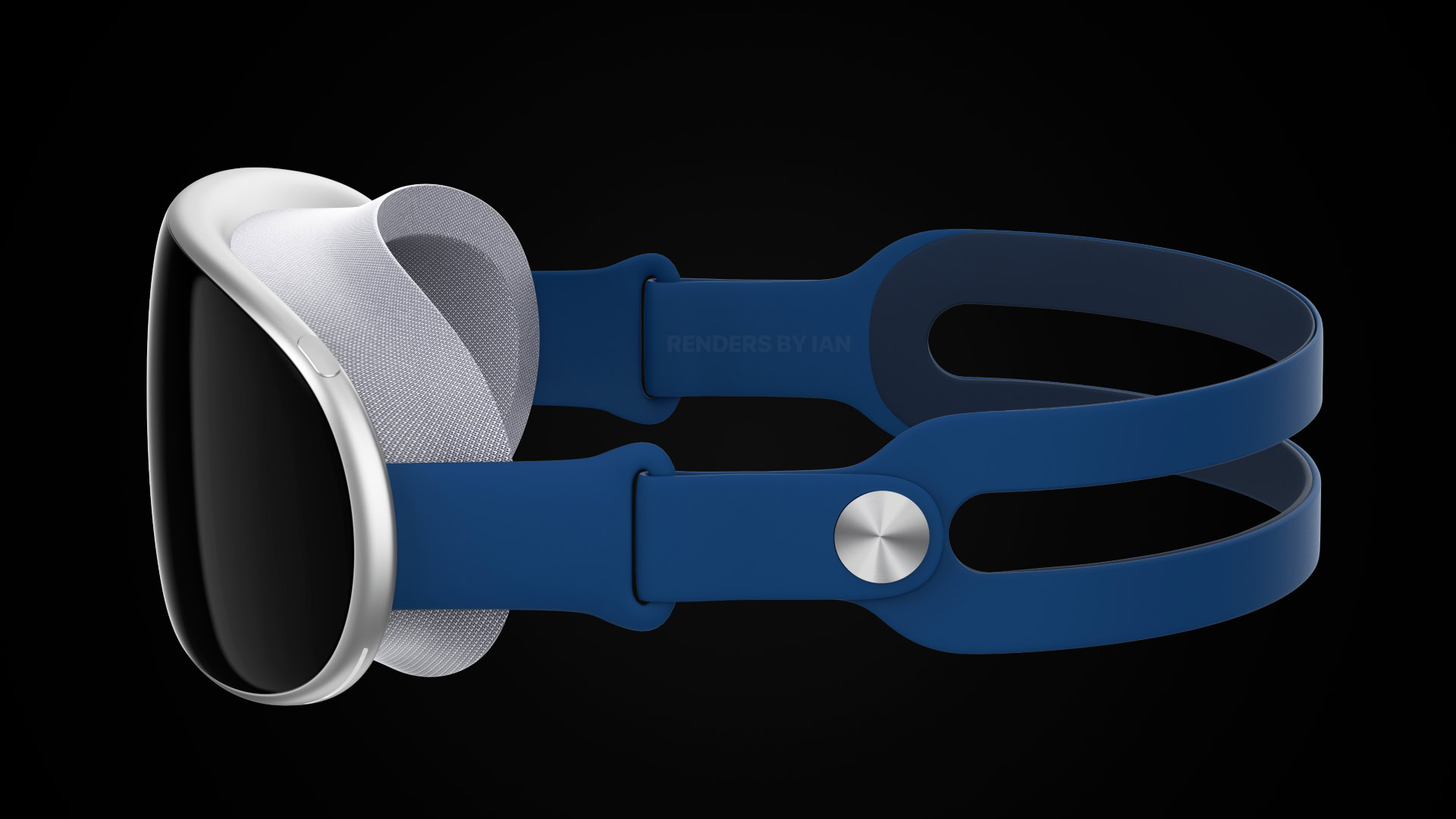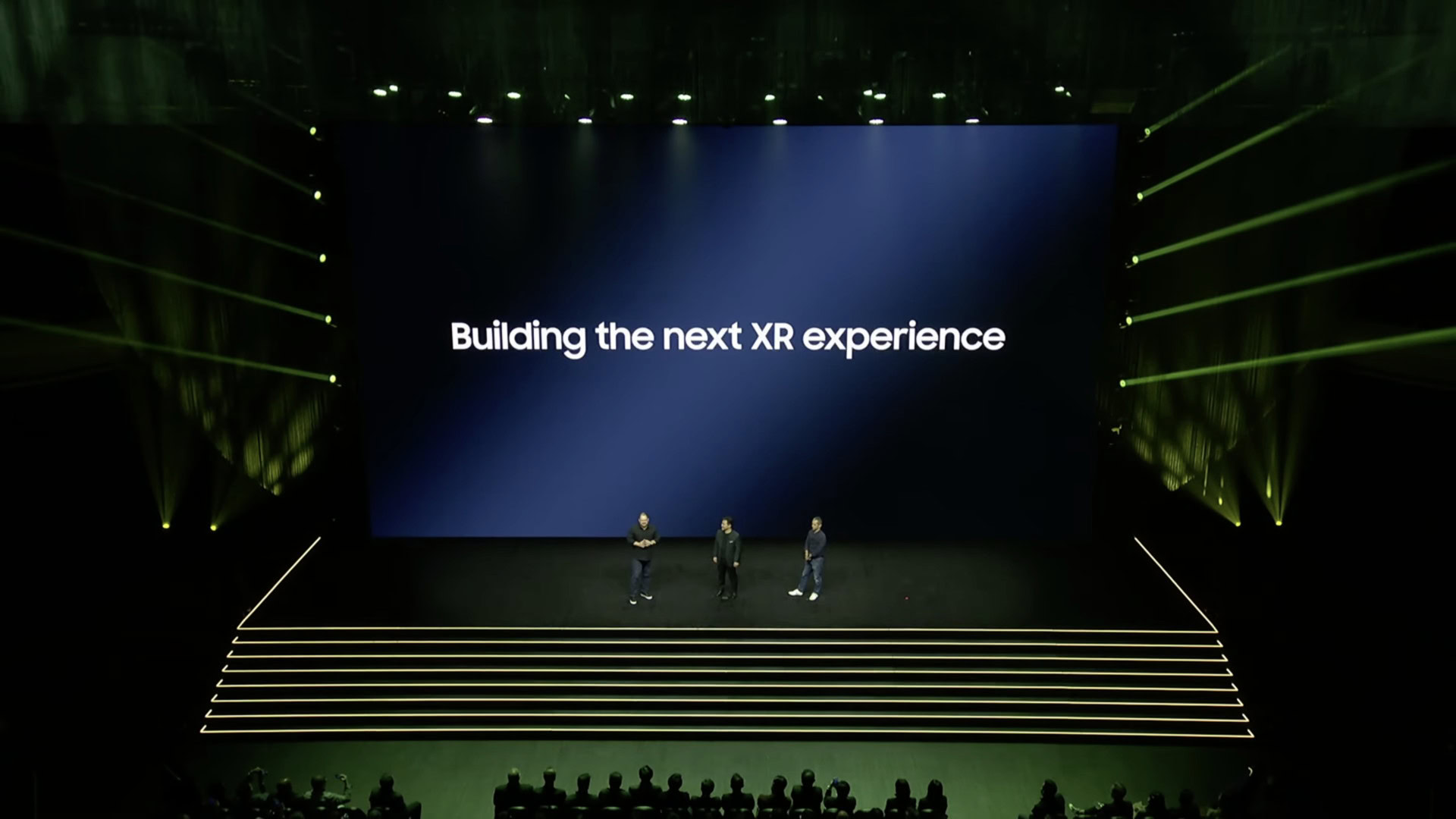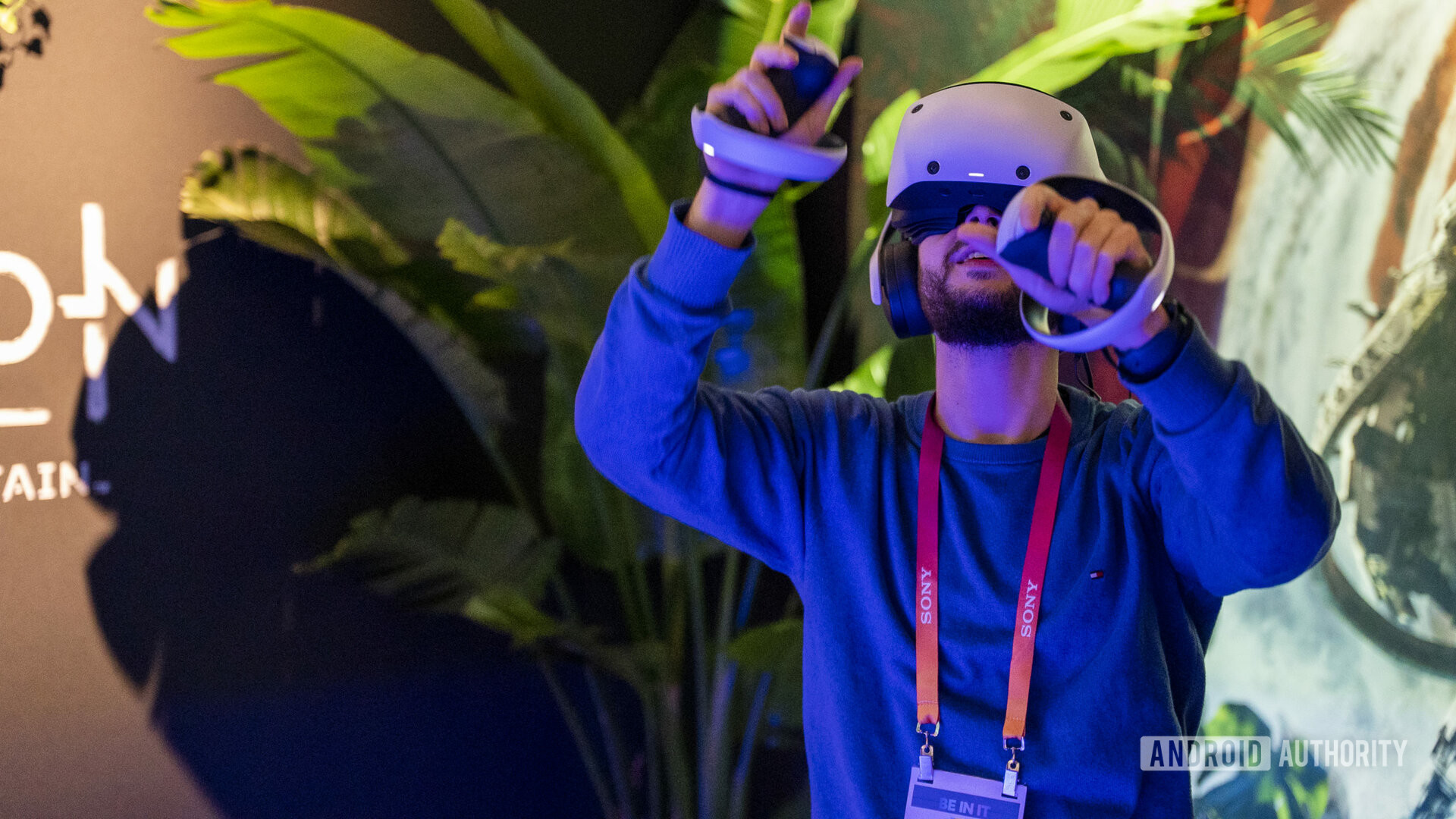Affiliate links on Android Authority may earn us a commission. Learn more.
I don't think Apple's Reality Pro ambitions are rooted in reality
May 28, 2023

Apple’s Worldwide Developer Conference is right around the corner, and so is one of the most significant launches the company has made in years — a mixed reality (MR) headset. It’s an entirely new product category for Apple, which finds itself in completely unchartered territory. When stuffing smartphones into VR headsets was all the rage back in 2016, Apple was more focused on augmented reality (AR) with its ARKit applications. But a secret project was brewing at Cupertino, the culmination of which is what we’re about to witness.
Over Seven years in the making, the “Reality Pro,” or whatever Apple decides to call the device, is expected to far exceed the capabilities of current VR/AR headsets like the Meta Quest 2, PSVR 2, and many more. Apple has reportedly developed specialized apps for the thing to watch sports, play games, meditate, and more. Millions of iPad-like apps will be able to operate within the headset’s three-dimensional environment. FaceTime will virtualize people as if they are sitting right in front of you. You’ll be able to switch between immersive virtual worlds and an ARKit-like real-world experience with the swish of a dial. All of this and more is expected to be yours for an eye-watering price of around $3,000.
This isn't the first time tech companies have promised us a Ready Player One experience.
Meanwhile, Apple isn’t alone in its pursuits. Samsung shares its Extended Reality (XR) ambition and will launch its own Snapdragon-running, Android-powered “immersive” headset in the near future. It’s clear that big tech is convinced this is the future of content consumption and human interaction. But this isn’t the first time tech companies have promised us a “Ready Player One” experience and these XR ambitions certainly don’t seem rooted in reality to me.

The hard truth is VR has not managed to become a mass-market hit. The history of head-mounted displays dates all the way back to the 1960s when early devices like the Sword of Damocles were designed as a proof of concept. But even after all that time, modern VR headsets have only managed to appeal to enthusiasts. Whenever mainstream tech firms have tried to force a headset on the general smartphone-using public, i.e. someone like me, it has failed spectacularly.
I admit, I bought into the VR hype for a while.
Take the Google Daydream, the Samsung Gear VR, or even Google Glass. They were all abandoned by app developers, forgotten by their targeted audience, and eventually discontinued by their makers. I remember back when VR was all the craze, Facebook tried to enamor us all with the promise of a virtual hangout. It called the app “Spaces” and launched it for the Oculus Rift, complete with 360-degree rendered backgrounds and the ability to play with 3D objects using Oculus touch controllers. I admit, I bought into that hype for a while. Thanks to my profession, I even had an Oculus Rift lying around to try all of this “amazing” tech. But that’s precisely what the headset did after a while, lay around at our then-office and get shifted from one desk to another.
To be clear, I am not dissing VR headsets in general. I’m sure gamers thoroughly enjoy them. I just don’t believe Apple or Samsung making a headset will suddenly plunge us into an era of people walking around with a giant piece of tech on their heads. The amount of time people spend on their phones and other devices in a day won’t be replaced by them spending it in virtual reality — at least for now. The concept may be visionary, one that needs to exist to propel us toward that sci-fi movie future, but I am just not convinced it has a place on my head or in my heart just yet.

It’s not just me, though. According to Counterpoint Research, XR headset shipments were down 21% year-on-year by the end of 2022. While the data firm lists the lack of a significant launch in the space as one of the reasons for this decline, the other reason is the lack of compelling use cases.
Companies like Sony are smart. They know they made a great VR headset aimed at PlayStation gamers who are into VR games and can afford the technology. They are not trying to sell you an alternative to the things you already do in your daily life, like watching movies or video-calling your friends and family. Apple’s vision, on the other hand, seems to want to do just that — convince you that you need a VR headset when you really don’t.
Apple wants to convince you that you need a headset for things you already do on other devices.
I would much rather consume content on my giant OLED TV when I have the leisure of sitting down in front of a screen. I don’t have to have virtual blinders on and not be able to check my phone in the middle or see if my toddler has run into a wall. I definitely won’t wear a head-mounted display to bed either. I don’t think it’s even physically manageable. A pair of good noise canceling earbuds and a phone are sufficient for my late-night streaming sessions. I feel the frequency of interaction with VR/XR/AR/MR devices will never be the same as with mobile phones, TVs, monitors, or laptops. No reality-mimicking face computer can convince me to give up my various screens for something that glues onto my eyes and keeps me away from the real world. It’s just not a product that I see becoming a natural extension of its users, which means no matter how great it is, I’ll probably dig it out like once a week.
Are you excited about Apple's Reality Pro headset?
My skepticism around Reality Pro grows even stronger when I read articles like Bloomberg’s recent report on the headset, which states that even Apple executives aren’t convinced of its viability. As per the report, the device is far from the company’s original vision of a lightweight pair of augmented reality glasses. Higher-ups at Cupertino are apparently unsure of the headset’s potential even as the company reportedly has a yearly budget of over $1 billion for the device, with over a thousand engineers working on it! That’s a crazy amount of muscle and dough to put behind a product. Someone at Apple must really believe in it. As for me, I doubt this will be the legacy-defining launch Apple is hoping for. Cupertino is usually good at starting new things or kickstarting existing tech, then the rest of the market follows. But I think this time, it will have trouble convincing 700,000 – 800,000 people to shell out $3,000 to pick up the device, let alone the 2.5 million units run it reportedly planned initially.
You may disagree with me, and Apple’s upcoming presentation might promise you the moon, but I strongly feel Reality Pro and similar headsets that follow in the near future are going to be nothing but novelty products. They’ll be great to experience and might set the stage for the future of the tech, but they won’t be something regular people start keeping around the house. It’ll still be a while before VR devices become something we can’t do without.